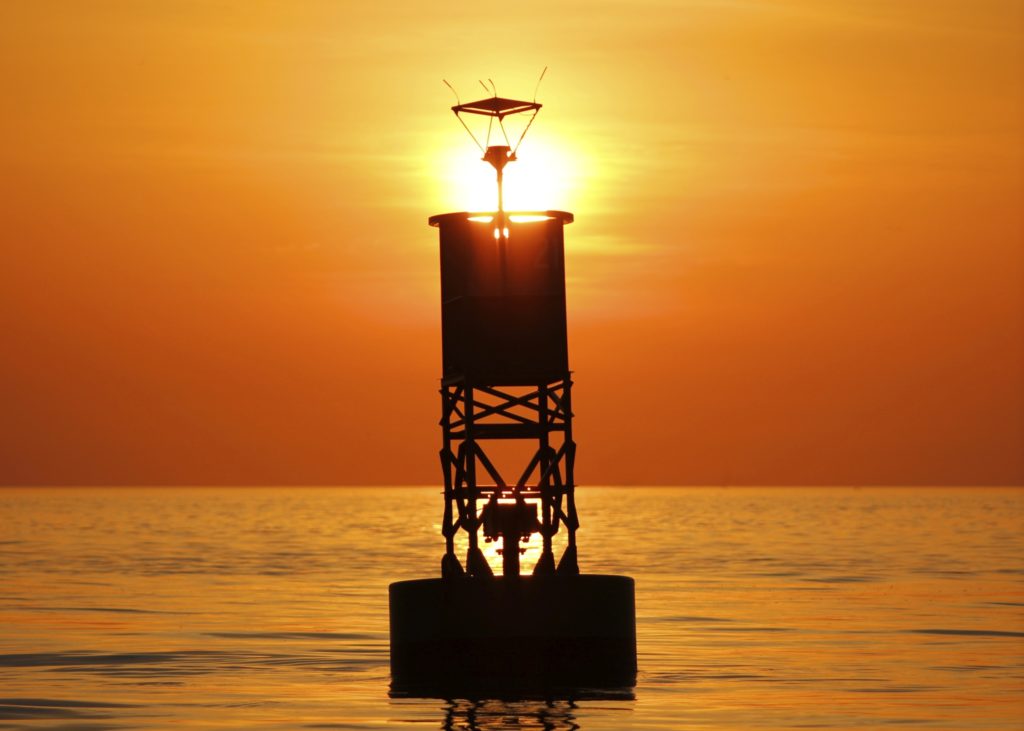Our last Carefree Boat Club training blog covered Navigating a Boat at Night and in Poor Visibility. As a follow up this week’s #TrainingThursday will cover U.S. Aids to Navigation Systems or (ATONS). We will cover lateral markers, day beacons and non-lateral markers.
A navigational aid or ATON is any marker that navigates a vessel where to go. Common types of ATON include not only buoys and markers, but also lighthouses and day beacons.
Lateral Markers
Lateral markers mark a channel where it is safe to travel. The green or port side channel marker should be located on your left. The red or starboard channel marker should be located on your right when you’re heading. That is why you’ll often hear the term “Red Right Returning.” However, in continents like Africa, Asia and Europe the port side is red and the starboard side is green.
Day Beacons
Red day beacons are triangles and green day beacons are squares. Day beacons are similar to lateral markers in that they mark the channel but are different in that they are unlit. In shallow channels, day beacons are often used as they are easier to install and maintain.
Non-Lateral Markers
Non-lateral markers do not direct directions of the channel. They warn of hazards, danger, destruction, and more. They are white signals with an orange outline and black text. There are four types of non-lateral markers:
- Squares – Indicate supplies, food, repairs or other information relative to boaters.
- Diamonds – Warn of upcoming danger.
- Circles – Mark a speed zone, no wake zone or idle zone.
- Crossed Diamonds – Indicate areas off limits to boaters, i.e. swimming area.
Tune in to our next training blog on Anchoring!
(Images and lessons sourced from Wikipedia, Thinkstock)
For more information stay tuned to future posts and articles from Carefree Boat Club, or visit our social pages below!

